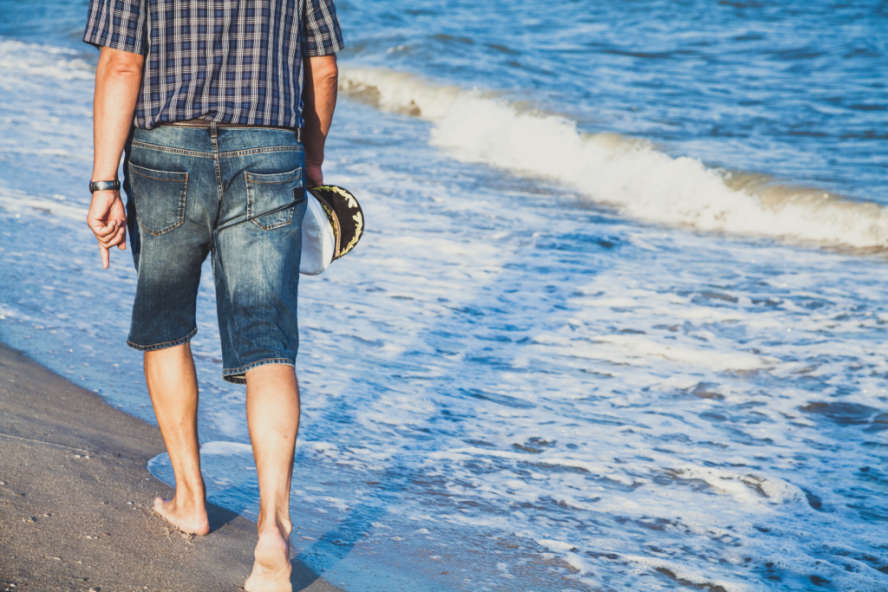What is hand-foot syndrome?
If you are undergoing chemotherapy, you may develop hand-foot syndrome. In medical terms, hand-foot syndrome is known as palmar-plantar erythrodysesthesia.
Side effects may include redness, blisters, scaling and itching. It can also cause pain on the palms of your hands and/or the soles of your feet. These symptoms may appear within days, weeks or months of starting your chemotherapy treatment. When you stop the chemotherapy treatment the skin problems will disappear.
Hand-foot syndrome has varying degrees/stages ranging from mild (minimal discomfort) to severe (a lot of pain). Learn about or find out about the different stages/symptoms and what you can do about them on this page. Always discuss your symptoms with your doctor or nurse.
How does hand-foot syndrome develop?
Cancer usually involves cancer cells that divide too quickly. Chemotherapy targets those rapidly dividing cells by killing them or inhibiting (stopping) cell division. This action shrinks the tumours and enables the cancer to be cured.
The cell division of healthy cells can also be affected by chemotherapy. Cells more likely to be affected by this are the rapidly growing cells such as hair follicles, mucous membrane cells, bone marrow cells and skin cells. The side effects you may experience depend on a number of factors, including what type of chemotherapy you are being treated with.
One side effect of chemotherapy is hand-foot syndrome. The “mechanism” behind this side effect is not exactly understood.
Hand-foot syndrome develops in 40-50% of patients treated with capecitabine*. Other cytostatic drugs can also cause this side effect. These include doxorubicin, docetaxel, cytarabine and fluorouracil.
*Kwakman JJM et al. Ann Oncol, 2017;28(6):1288-93
Tips
Moisturise, preferably 4 times a day
Avoid tight shoes
Stay out of the sun as much as possible
Avoid extreme heat and cold
Wear gloves and slippers
Use an oil-rich soap
Be careful with over-the-counter medications
What else can you do? Read here!

